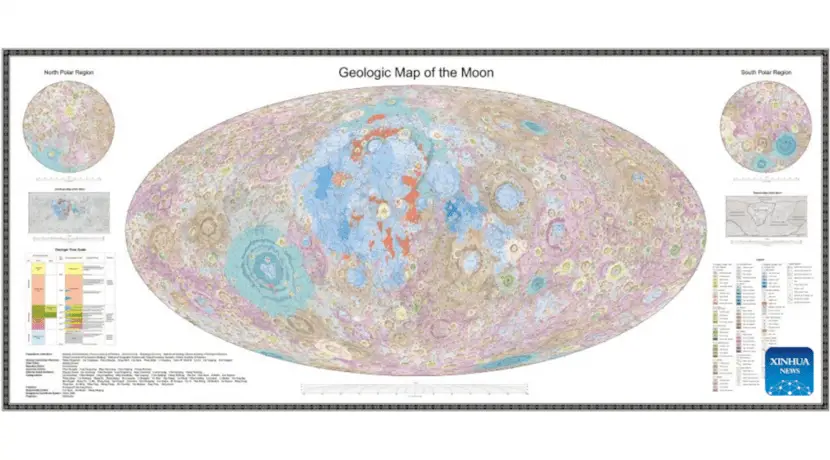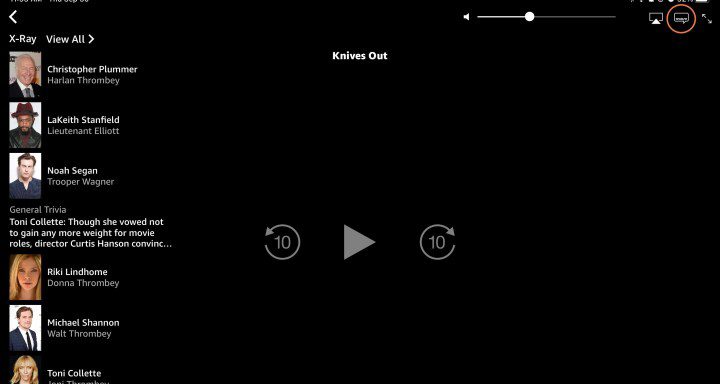China released the most accurate geological map of the Moon
Base for lunar missions April 28, 2024 9:07 p.m. Robert Klatt Lunar missions require a map of the Earth’s satellite that is as accurate as possible. Researchers from the Chinese Academy of Sciences (CAS) have published the first comprehensive, high-resolution geological map of the Moon. Beijing (China). In the coming years, various countries have planned […]

Base for lunar missions
Robert Klatt
Lunar missions require a map of the Earth’s satellite that is as accurate as possible. Researchers from the Chinese Academy of Sciences (CAS) have published the first comprehensive, high-resolution geological map of the Moon.
Beijing (China). In the coming years, various countries have planned lunar missions, within the framework of which a railway, a nuclear power plant and a lunar station will be built. Companies also want to use the Moon for commercial purposes, for example to extract helium-3. However, to land safely on the Moon, a map of the Earth’s satellite that is as accurate as possible is necessary.
Researcher of Chinese Academy of Sciences (CAS) led by Ouyang Ziyuan has just published the most precise geological atlas of the Moon to date, at a scale of 1:2.5 million. This is the first comprehensive, high-resolution geological map of the Moon. The map, available in English and Chinese, contains 12,341 impact craters, 81 impact basins, 17 lithological types and 14 structure types.
“The geological atlas of the Moon is of great importance for the study of the evolution of the Moon, the selection of the site of a future lunar research station and the use of lunar resources. It can also help us better understand Earth and other planets in the solar system, such as Mars.
Lunar maps contained ancient data
According to CAS researchers, understanding of the Moon has improved significantly in recent years. However, lunar geological maps have not been improved since the Apollo missions about half a century ago. Ziyuan’s team has therefore been working on the new lunar atlas since 2012. They have already been able to surpass the United States in 2022 with an earlier version of their lunar map.
As Gregory Michael from the Free University of Berlin (FU Berlin) explains, creating the lunar map was a huge task that was only possible thanks to years-long international cooperation between different research institutes.
“This map is notably the first in the world to use all the data from the post-Apollo era. It builds on the successes of the international community over the past decades, as well as China’s highly successful Chang’e program. It will be a starting point for any new questions in lunar geology and will become a primary resource for researchers studying lunar processes of all kinds.
Basis for future lunar missions
The just-released comprehensive lunar map is based, among other things, on new data from China’s Chang’e lunar missions and other research results from Chinese and international missions. The new lunar map provides science with basic data for planning and implementing new lunar missions. According to Liu Jianzhong, the data also improves our understanding of the origin and evolution of the Moon.














